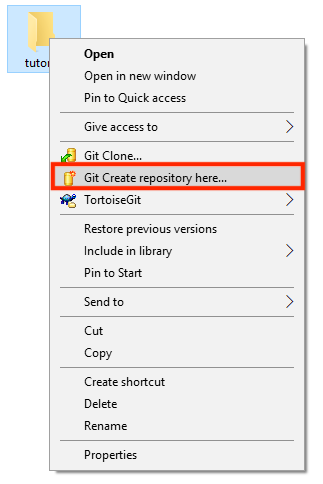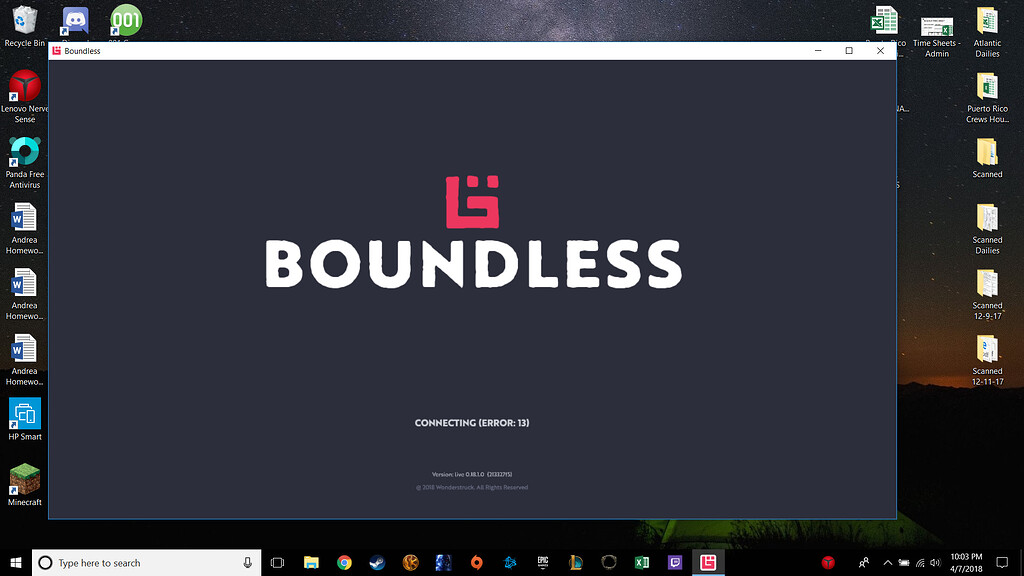

You can select individual log files, then right-click and select "Move to Trash". You can also search for ~/Library/Logs in Finder, to take you there directly.

Open a new Finder window and navigate to the Library folder, then search for the Logs sub-folder. Follow the steps shown below to delete your system log files manually. To access this location, you'll need to use the Finder app. The default location is usually within the Library folder, where you'll see a sub-folder called Logs alongside other system folders such as Updates, Extensions, Components and several more. To delete these system log files manually, you have to know where they're stored. If you're a regular user without much technical expertise, feel free to delete them periodically to lighten the load on your computer's resources. If that's the case, then whatever you have on your computer has already been sent to them, so you don't need them anymore unless you're a developer and want to understand what went wrong. Note: If you've been sending crash reports to Apple or app developers whenever an application hangs or automatically shuts down, these log files will be sent to them for debugging purposes. This article offers an overview of two different methods to remove system log files. Removing log files is quite safe, and there are several ways to do this. The question is, are they safe to delete? This is what a lot of non-technical users tend to wonder because they're afraid it will break the system somehow. If you have a computer running Mac OS X (macOS), these system files tend to build up over a period of time, which could possibly slow down your computer. Using these logs, developers can debug the system and find vulnerabilities, and they're very handy when you send crash reports for specific apps. They're essentially meant for post-mortem purposes when things go wrong, like when your applications act funny, your system hangs or something just shuts down unexpectedly. What are log files on Mac? Log files are extremely useful because they represent a record of what's going on with your Mac computer.


 0 kommentar(er)
0 kommentar(er)
